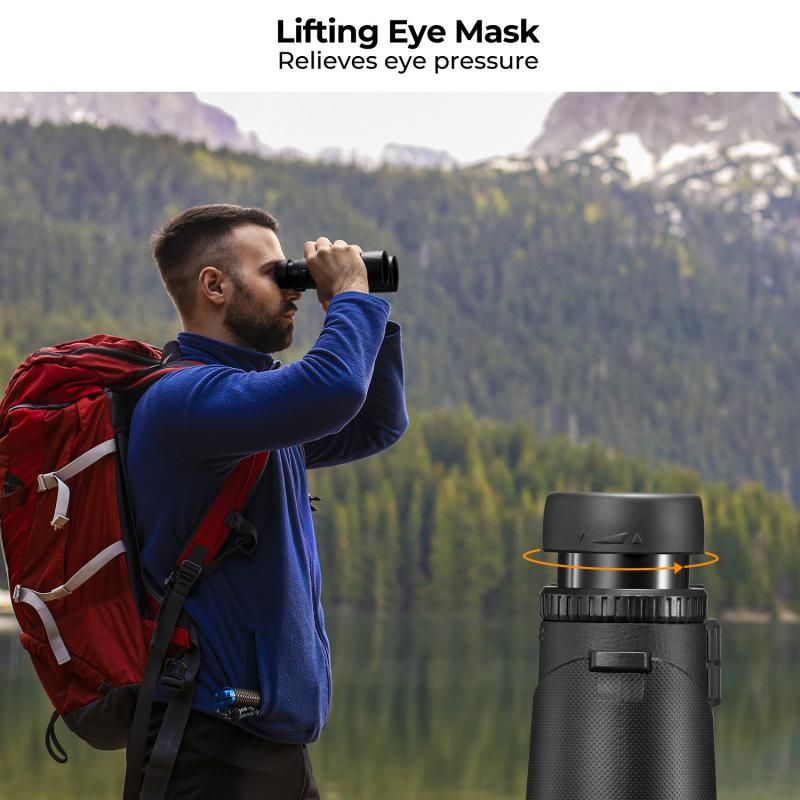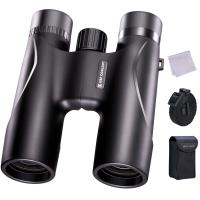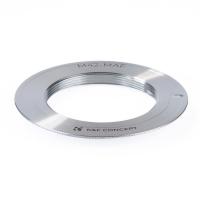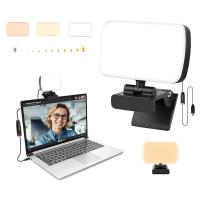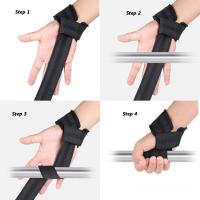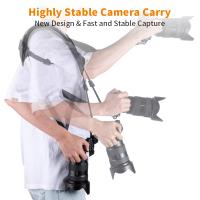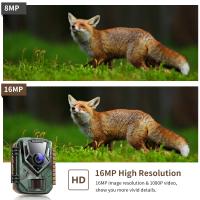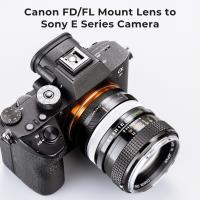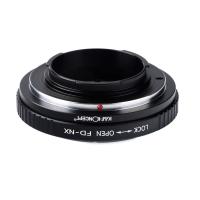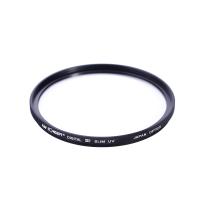How To Choose Binoculars ?
When choosing binoculars, consider factors such as the intended use, magnification power, objective lens diameter, field of view, and image quality. Determine whether you need binoculars for birdwatching, stargazing, hunting, or other activities. Higher magnification provides more detailed views but may result in a narrower field of view and shakier images. The objective lens diameter affects the amount of light entering the binoculars, with larger lenses providing brighter images. Consider the weight and size of the binoculars for portability. Additionally, check for features like waterproofing, image stabilization, and adjustable eyecups for comfort. Research different brands and models, read reviews, and compare prices to make an informed decision.
1、 Magnification power
When it comes to choosing binoculars, one of the most important factors to consider is the magnification power. Magnification power refers to how much closer the binoculars can make an object appear compared to the naked eye. It is typically denoted by a number followed by an "x" (e.g., 8x, 10x).
The choice of magnification power depends on the intended use of the binoculars. For general purposes such as birdwatching or wildlife observation, a magnification power of 8x or 10x is usually sufficient. Higher magnification, such as 12x or 16x, can provide a closer view but may also result in a narrower field of view and reduced image stability due to hand shake.
It is important to note that higher magnification does not always mean better. In fact, using binoculars with very high magnification can make it difficult to maintain a steady image, especially without the aid of a tripod. Additionally, higher magnification can also amplify any hand shake or movement, resulting in a shaky image.
In recent years, there has been a growing trend towards using lower magnification binoculars, such as 8x or 7x, for a wider field of view and increased image stability. This is particularly beneficial for activities like nature observation or sports events where a wider view is desired.
Ultimately, the choice of magnification power should be based on personal preference and the specific requirements of the intended use. It is recommended to try out different magnification powers before making a purchase to determine which one feels most comfortable and suits your needs best.
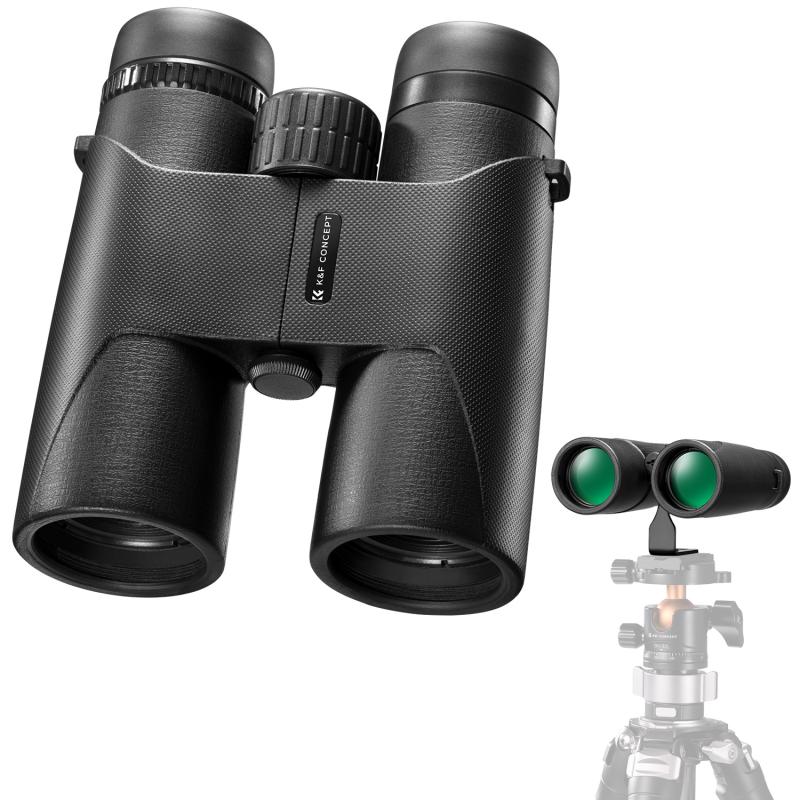
2、 Objective lens diameter
When it comes to choosing binoculars, one of the most important factors to consider is the objective lens diameter. The objective lens is the larger lens at the front of the binoculars that gathers light and determines the brightness of the image you see. The diameter of the objective lens is measured in millimeters and is usually indicated as part of the binoculars' specifications.
A larger objective lens diameter allows more light to enter the binoculars, resulting in a brighter image. This is particularly important in low-light conditions, such as at dawn or dusk, or when observing objects in shaded areas. A larger objective lens diameter also improves the overall image quality, providing better contrast and clarity.
However, it's important to note that a larger objective lens diameter also means a larger and heavier pair of binoculars. This can make them less portable and more cumbersome to carry around. Additionally, binoculars with larger objective lenses tend to be more expensive.
The choice of objective lens diameter ultimately depends on your specific needs and preferences. If you plan to use the binoculars primarily during daylight hours or in well-lit environments, a smaller objective lens diameter, such as 32mm or 42mm, may be sufficient. On the other hand, if you intend to use the binoculars for low-light or nighttime observations, a larger objective lens diameter, such as 50mm or 56mm, would be more suitable.
It's worth noting that recent advancements in lens coatings and optical technologies have improved the performance of binoculars with smaller objective lens diameters. These advancements have allowed for better light transmission and image quality, making smaller objective lens binoculars a viable option for various applications.
In conclusion, when choosing binoculars, consider the objective lens diameter based on your specific needs, balancing factors such as brightness, portability, and cost.
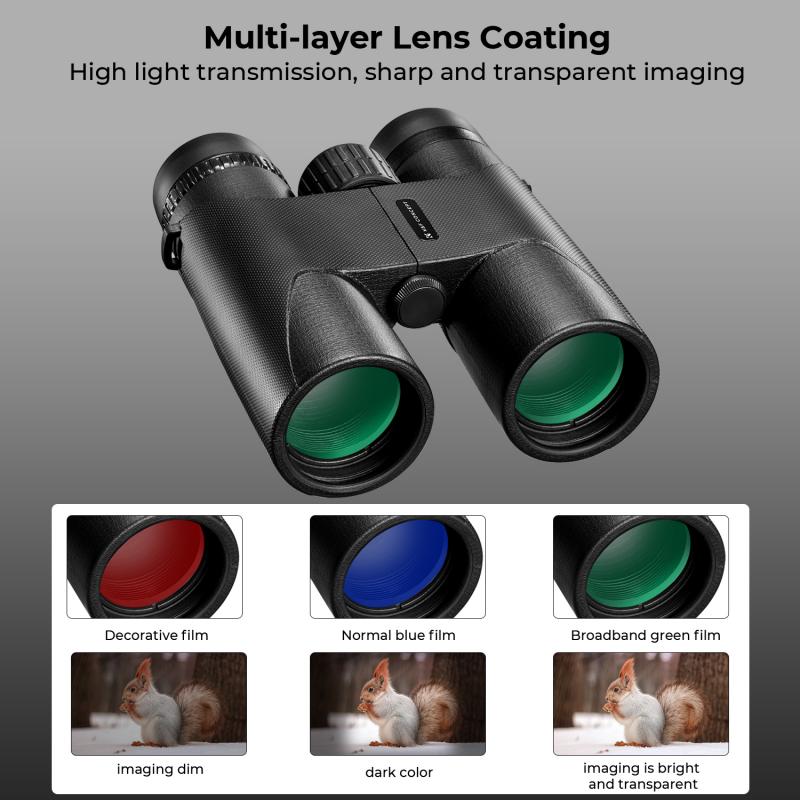
3、 Field of view
When it comes to choosing binoculars, one of the most important factors to consider is the field of view. The field of view refers to the width of the area that can be seen through the binoculars at a specific distance. It is typically measured in degrees or feet at a certain distance.
A wider field of view allows you to see a larger area, making it easier to locate and track objects. This is particularly important for activities such as birdwatching, wildlife observation, or sports events where you need to quickly scan a wide area. On the other hand, a narrower field of view may be sufficient for activities like stargazing or hunting where you are focusing on a specific target.
When choosing binoculars, it is recommended to opt for a wider field of view if possible. However, it is important to note that a wider field of view often comes at the expense of magnification. So, you need to strike a balance between the two depending on your specific needs.
In recent years, there have been advancements in binocular technology that have improved the field of view. Some manufacturers have introduced wide-angle binoculars that offer an even wider field of view than traditional models. These wide-angle binoculars use specialized optics and lens designs to provide a more immersive viewing experience.
In conclusion, when choosing binoculars, consider the field of view as a crucial factor. A wider field of view can enhance your viewing experience, especially for activities that require scanning a large area. Keep in mind the trade-off between field of view and magnification, and consider the latest advancements in binocular technology for an even better field of view.
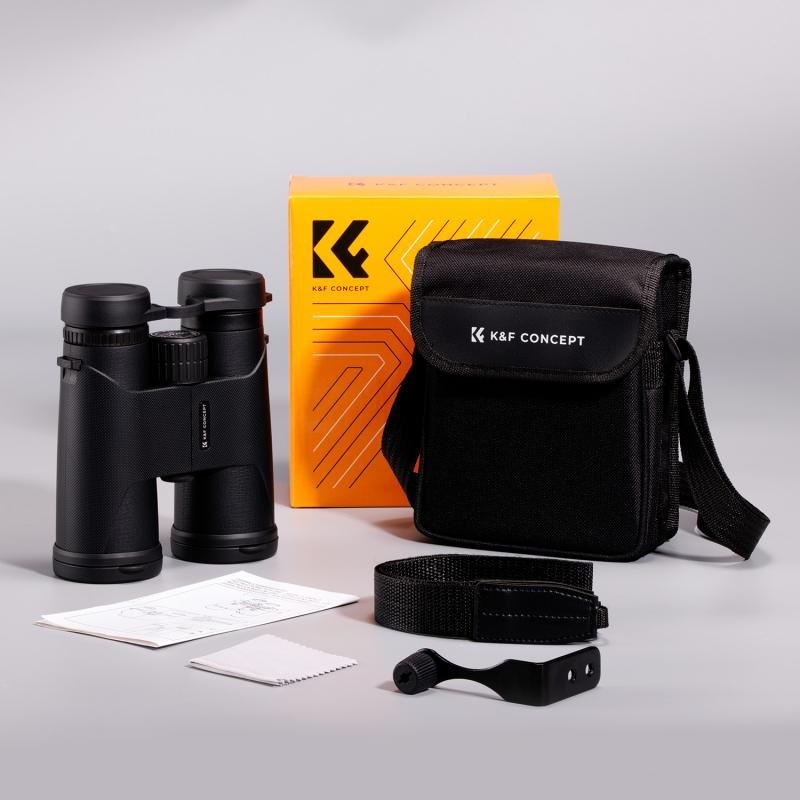
4、 Prism type (roof or porro)
When it comes to choosing binoculars, one of the key factors to consider is the prism type. Binoculars typically come in two prism types: roof and porro. Each type has its own advantages and considerations, and the choice ultimately depends on your specific needs and preferences.
Roof prism binoculars are known for their sleek and compact design. They have a straight-through barrel shape, making them more streamlined and easier to handle. Roof prism binoculars also tend to be more durable and resistant to water and fog, making them suitable for outdoor activities. Additionally, they often have a higher level of image quality and are more suitable for long-distance viewing.
On the other hand, porro prism binoculars have a more traditional design with an offset barrel shape. They are generally larger and bulkier than roof prism binoculars. However, porro prism binoculars often offer a wider field of view and better depth perception. They are also typically more affordable than roof prism binoculars, making them a popular choice for beginners or casual users.
In recent years, there has been a rise in the popularity of roof prism binoculars due to advancements in technology. Manufacturers have been able to improve the image quality and reduce the size and weight of roof prism binoculars, making them more appealing to a wider range of users.
Ultimately, the choice between roof and porro prism binoculars depends on your specific needs and preferences. Consider factors such as the intended use, budget, and desired image quality to make an informed decision.
